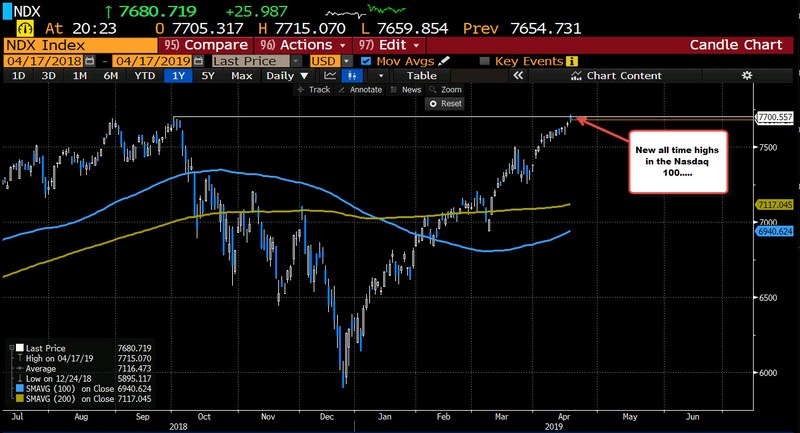
The Ultimate Limit Oscillator is another technical analysis indicator developed by the legendary Larry Williams. The main idea of the author when developing the UO was that he considered the problem of false signals in other oscillators to be significant. I really wanted to solve it and make an oscillator that would work out its signals more reliably. For the first time about the Ultimate Oscillator (Ultimate, limiting Oscillator) told in the book "Technical Analysis of Stocks and Commodities" in 1985.
All oscillators are built on the assessment of the ratio of the current price to the price for several periods ago and / or to the price range for the period. Like any trader over time, Williams drew attention to the fact that the effectiveness of the oscillator varies not only on the type of trading instrument and the working timeframe, but also on the number of periods (candles) used to calculate the indicator values. And if other oscillators differ from each other in essence only in the calculation method and the type of initial data, then Larry Williams radically changed his approach to the issue and used the sum of three oscillators of different periods in calculating the indicator and “smoothed” the resulting values by “weighing”. That is, he gave each component of the original formula (each individual oscillator) its own weight for a certain period. Moreover, the weights change over time. There were no such indicators before the author, so you really should pay attention to the Ultimate Oscillator if you use such market analysis in your trading system.
The Ultimate Oscillator indicator values range from 0 to 100. Oversold and overbought zones range from 0 to 30 and 70 to 100, respectively.
Despite the simple appearance of the Ultimate Oscillator, the formula for calculating it is rather complicated. UO is calculated over three periods, usually 7, 14, 28. Higher periods contain shorter ones. This means the first period (7) is used three times, the second (14) two times, and the last (28) one time. From these rules we conclude that the youngest period is the most important, since it is used more often than others. This approach has some similarities with the Exponential Moving Average (EMA), where the last points of the chart, which are closest to the real price, influence the indicator calculation more strongly. So here, the shortest period, that is, the closest to the present, is the main one when calculating the resulting Ultimate Oscillator value.





